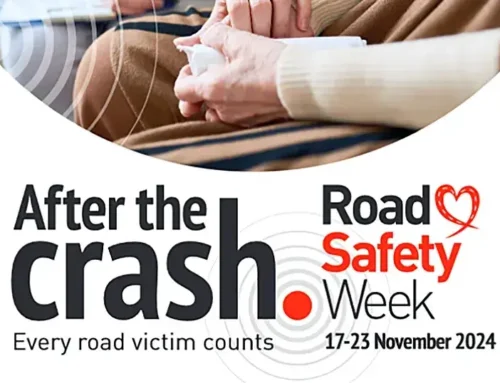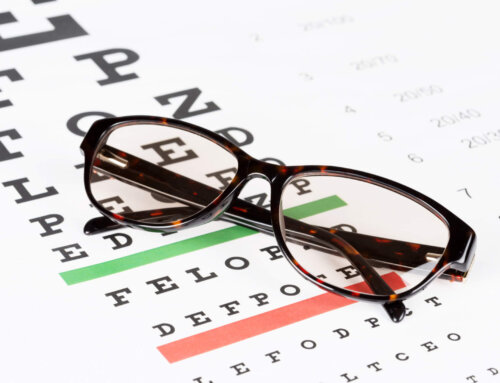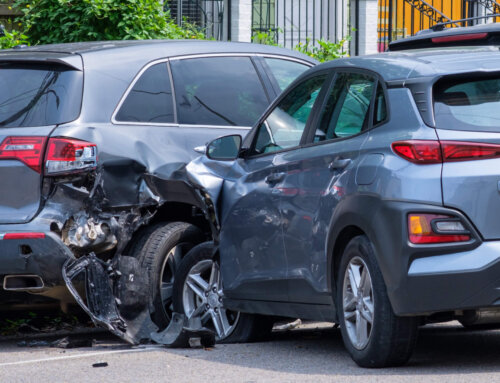“The man on the Clapham omnibus” is a phrase that was first used in English Law in the Victorian era to describe what the ordinary reasonable would think in a given situation.
So, if “the person on the Clapham omnibus” were asked which age group of drivers were at a higher risk of being involved in a road traffic accident, younger drivers or older drivers, which group do you think they would say?
The likelihood is that their answer would be ‘young drivers’. Indeed, the historical facts would support that proposition. According to the road safety charity Brake, the chances of young drivers crashing are higher than in any other age group, with 1 in 5 being involved in an accident within a year of passing their test.
So that’s why insurance companies make it more expensive for young drivers to get insurance than older motorists. Well, ‘no’– because they don’t.
An article that appeared on the price comparison and switching website Uswitch in September 2023 showed that although drivers in the age group 17-24 were involved in 25,689 road accidents in 2021, the average cost of car insurance for a driver in this age bracket was £807.69.
By comparison, for drivers over 85, the average cost of a year’s insurance premium was £2063.32. However, they were involved in far fewer road accidents (979) than their much younger counterparts.
Why are drivers over 85 paying more for their insurance than the youngest drivers despite being involved in fewer accidents?
Uswitch insurance expert Leoni Moninski believes it’s a question of perception:
“Car insurance premiums can begin to rise as you become older as insurers typically view elderly drivers as higher risk individuals.”
Is the perception that older drivers are higher-risk individuals justified?
A report by the Department for Transport (DfT) published in 2022 found that the rate of car and van drivers involved in collisions ‘per billion miles travelled’ is by some way the highest amongst those aged 85+.
However, this age group have the lowest number of collisions overall and drives fewer miles than anyone else. So, the finding of high accident rates for the oldest age bracket of drivers calculated using the ‘per million miles travelled’ assessment method is based on very low mileage and a low number of collisions.
Another reason why older drivers pay more for insurance is because they make more expensive claims due to their involvement in road traffic accidents.
What are the leading causes of accidents involving older drivers?
The DfT report revealed that for all age groups of drivers, the main contributory factor in causing road traffic accidents was where the ‘driver failed to look properly’. What gives cause for concern is the fact that a more significant proportion of older drivers (aged 70 or older) were found to have caused or contributed to accidents in this manner (42.6%) than the average percentage of all drivers (35.7%)
The second most common contributing factor in collisions, for both ‘older’ and ‘all’ drivers, was where a ‘driver failed to judge the other person’s path or speed.’ Again, the differentiating factor was that 21% of older drivers caused or contributed to a collision this way, whereas the ‘all drivers’ percentage for the same circumstances was 17.8%.
The third and fourth contributory factors for older drivers were loss of control (of vehicle) and ‘driver illness or disability’. Perhaps, tellingly, the same two factors ranked only 5th and 18th respectively for ‘all drivers’.
In 2021, older car drivers constituted approximately 10% of all casualties in car-related collisions. Notably, the proportion of older drivers among the casualties rises with the severity of the injuries sustained, as they are more likely to be fatally injured in such incidents compared to drivers of other age groups.
Should older drivers be required to take an eye test before they renew their licences upon reaching 70?
There is a growing call to introduce requirements for older drivers to take mandatory eye tests on turning 70.
From 1957 until 1976, it was a requirement for all drivers of whatever age to renew their driving licence every three years, after which full driving licences became valid until the driver reached 70 years. Once drivers reach 70, they must revert to the old system of applying for a new licence every three years.
Currently, when applying for a new licence at 70, there is no requirement to take a new test: the driver only needs to declare that they meet the minimum standards of good eyesight (being able to read a car number plate from 20 metres), are otherwise fit enough to drive and that they will notify the DVLA of medical conditions which may affect their ability to drive; in other words ‘self-certification’.
In July 2023, the BBC News website reported a significant increase in the number of people contacting the DVLA to report their concerns over someone’s fitness to drive due to their age. A Freedom of Information request submitted to the DVLA by the BBC revealed that almost 50,000 people had reported their concerns in 2022, nearly twice as many as those who did so in 2021.
A You Gov Poll conducted in July 2023 found that 65% of those surveyed supported the view that drivers should be required to retake their driving tests once they reach the age of 70 to be allowed to continue driving.
How do we define an ‘older driver’?
It’s interesting to note that the DfT report defined ‘older drivers’ as those who are 70 or older. The average life expectancy in the UK is now 81.92, whereas in the year 2000, it was 77.67. By the time 2050 comes around, it is expected to have risen to 85.48.
In 1976, when the authorities decided that drivers aged 70 or older still needed to retake their driving test every three years, the average life expectancy was 72.69. So, currently, life expectancy is nine years more than it was when legislators decided on the right age at which drivers needed to continue renewing their driving licences every three years.
On the 1st January 2024, the Daily Telegraph reported the DVLA had, in response to a Freedom of Information request, revealed that 153,000 people aged 90 or older hold driving licences, almost double the number who did so in 2013.
Will there be more personal injury claims due to there being many more drivers aged 90 or more on the roads?
It’s hard to argue against the proposition that as the numbers of drivers on the road aged 90 or more continue to rise, there will be more accidents involving nonagenarian drivers, giving rise to personal injury claims.
Drivers aged 90 or more are currently involved in accidents as every other age group of drivers are – so if their numbers increase, so too will the volume of accidents that involve drivers of their age. This presumption assumes that the current status quo is maintained.
The accident statistics covered in this article indicate that many older drivers cause or contribute to the road traffic accidents they are involved in because they fail to look properly or judge another driver’s speed, for example, when pulling out of a road junction. This could be because their eyesight is impaired, which may indicate that mandatory eyesight tests should be introduced for older drivers.
Alternatively, the same type of accident caused by an older driver may be down to decreased reaction times, which leads to the question of whether compulsory medical examinations become a requirement before an application to renew a licence gets granted.
Whilst simply maintaining the status quo shouldn’t be an option, the right balance must be found between introducing new measures that will protect both other road users (and elderly drivers themselves) and not treating older road users more harshly than other drivers. After all, it’s worth remembering that younger drivers cause many more accidents than older drivers do.
After a lifetime of driving, many elderly drivers are highly competent drivers with thousands of miles worth of motoring experience under their belts. For them, their driving licence gives them an independence they greatly treasure. Introducing measures that balance protecting the wider road-using public whilst ensuring that driving licences aren’t taken away unjustly is a pre-requisite.










